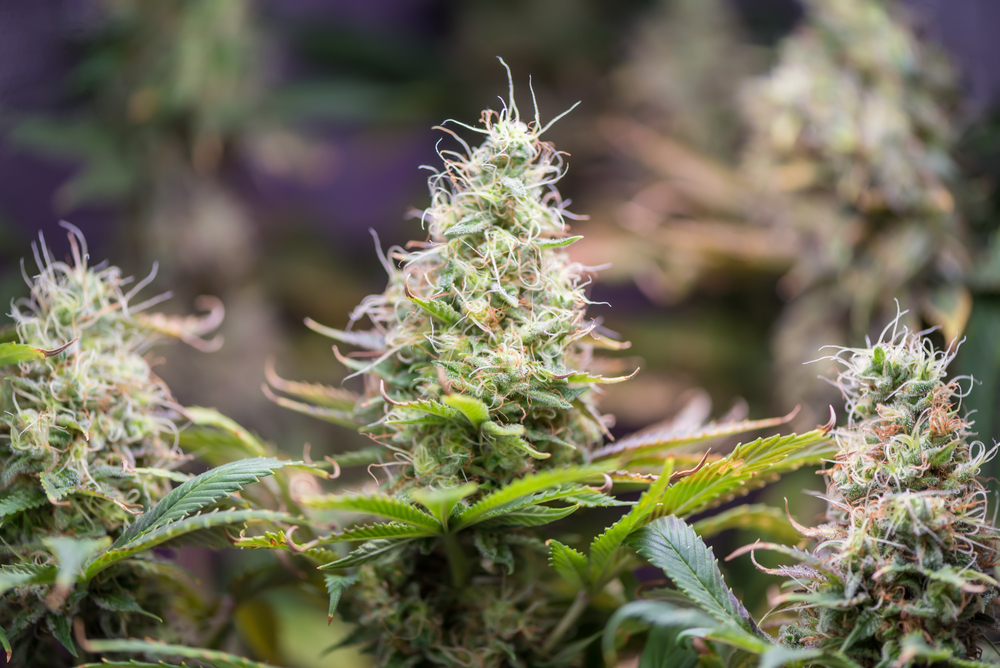Determining the gender of cannabis plants is crucial for cultivation. While it may pose a challenge for beginners, having an understanding of the distinctions between male and female plants is vital to achieving optimal yields. In this article, we will explore how to differentiate between male and female cannabis plants, the significance of each gender, and why it’s important to consider gender during cultivation.
 1. Importance of Identifying Male and Female Cannabis Plants
1. Importance of Identifying Male and Female Cannabis Plants
Before diving into the process of identifying male and female cannabis plants, it’s essential to grasp why it matters. Simply put, only female cannabis plants produce the highly sought-after flower buds desired by growers. These buds contain higher levels of THC (tetrahydrocannabinol), CBD (cannabidiol), and cannabinoids that hold medicinal or recreational value for consumers. On the other hand, male plants do not produce these buds and are primarily utilized for breeding purposes.
2. Visual Distinctions Between Male and Female Cannabis Plants
- General Structure: Male cannabis plants tend to be taller with longer stalks compared to their counterparts. They often exhibit branches and a less dense appearance. Conversely, female cannabis plants develop a canopy, with branches creating a robust structure.
- Nodes: The parts where leaves or branches come out from the stem are called nodes on a plant. When you look at the nodes on a grown cannabis plant, you can notice differences between males and females. Male nodes usually have clusters of balls known as pollen sacs and staminate flowers. These pollen sacs eventually burst open when they mature, releasing pollen either into the air or onto flowers. On the other hand, female plants have clustered calyxes at each node instead of identifiable balls or sacs like males do.
 3. Examining Pre-Flowers
3. Examining Pre-Flowers
To accurately determine the gender of your cannabis plants before they reach maturity, it is crucial to examine their pre-flowers. Pre-flowers start appearing 3 to 6 weeks into the growing stage, providing growers with hints about their gender.
- Characteristics of Male Pre-Flowers: Male plants produce pre-flowers that resemble elongated tulips or teardrops. These pre-flowers generally lack any stigma (the hair structures that capture pollen) and don’t develop beyond this shape, making it easier to identify male plants at an early stage.
- Characteristics of Female Pre-Flowers: Female pre-flowers are smaller in size and have two features: the calyx and the pistil. The calyx is a structure that surrounds ovules, while the pistils are thin strands connected to each calyx. When they’re young, the pistils are usually white, and they turn brown as they mature.
 4. Identifying Plants During the Flowering Stage
4. Identifying Plants During the Flowering Stage
The best way to determine the gender of cannabis plants is by observing their characteristics during the flowering stage.
- Characteristics of Male Flowers: Male cannabis plants begin to flower with the formation of clusters of round or ball-shaped sacs that contain pollen. These clusters hang down like grapes from a vine and may burst open to release pollen when fully mature.
- Characteristics of Female Flowers: Female cannabis plants produce flowers that develop into clusters resembling cola. These clusters are made up of packed calyxes covered in resin glands called trichomes. Moreover, females typically exhibit two elongated hairs known as pistils emerging from each calyx.
 5. Importance of Identification
5. Importance of Identification
The significance of identifying the gender of cannabis plants cannot be underestimated for growers aiming to achieve specific cultivation outcomes:
- Maximizing Bud Production: By removing male flowers from plants, growers can channel all the plants’ energy towards bud production. This results in yields of buds that are rich in cannabinoids.
- Controlled Breeding Programs: Accurately identifying female plants allows cultivators to facilitate controlled breeding programs. By crossing individuals, breeders can create new strains that possess desired genetic traits.
- Preventing Pollination: Unwanted pollination by plants can have a detrimental effect on female bud production. If not managed properly, pollinated buds will produce seeds of cannabis flowers. Early identification and prompt removal of plants enable growers to protect the integrity of their crops.
Conclusion
Developing the skill to differentiate between male and female cannabis plants is crucial for achieving cultivation. Understanding the disparities and characteristics specific to each gender at various growth stages empowers growers to optimize their yields and effectively manage their desired outcomes. Incorporating this knowledge into cultivation practices ensures a fulfilling cannabis-growing experience overall.






